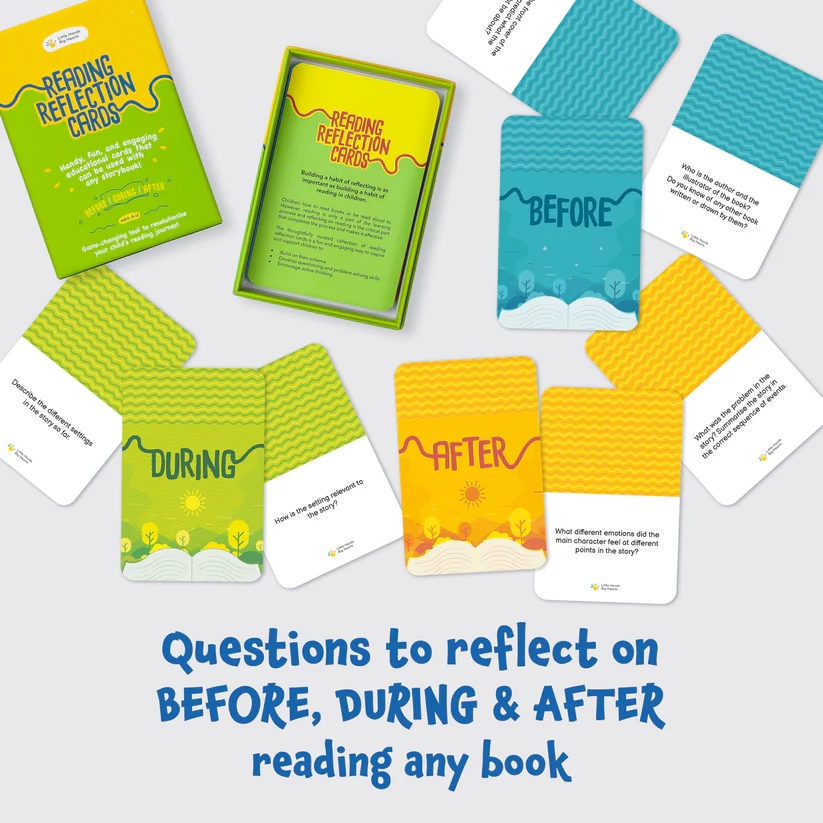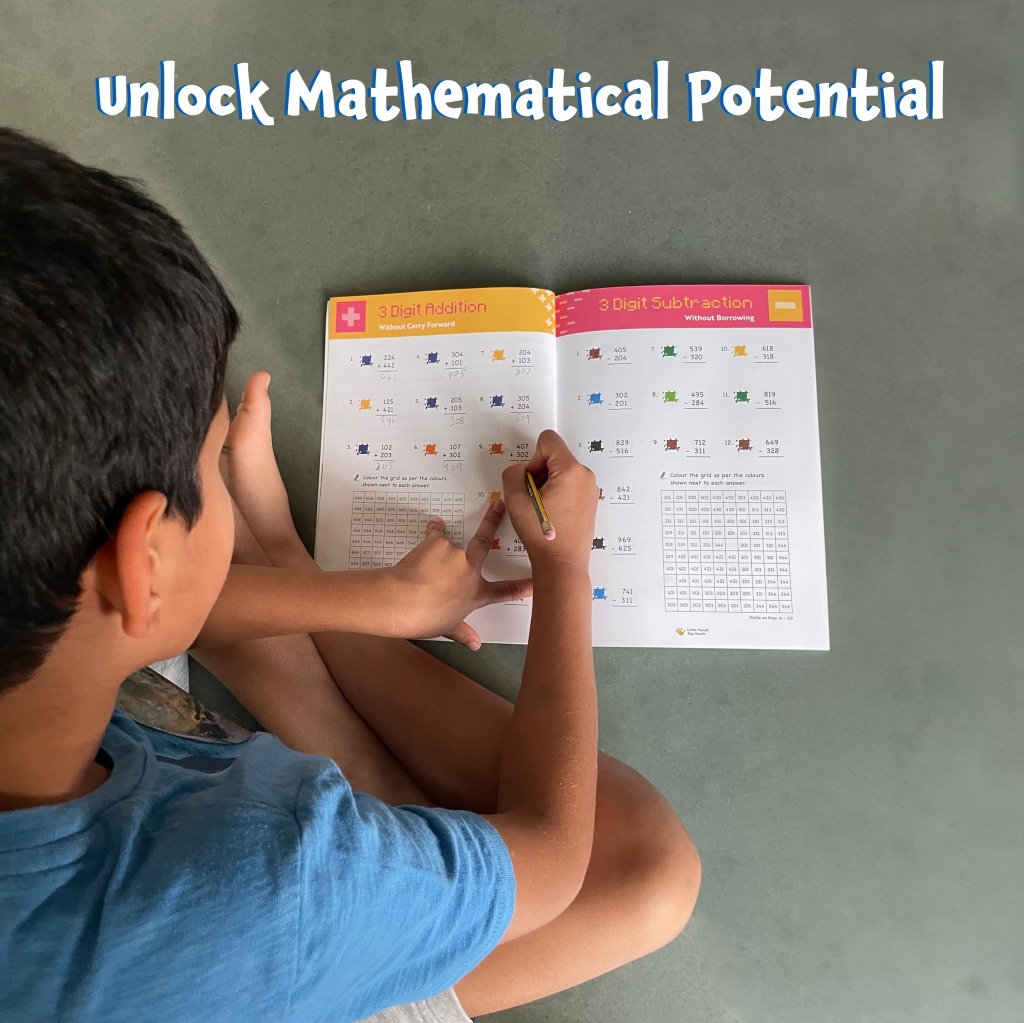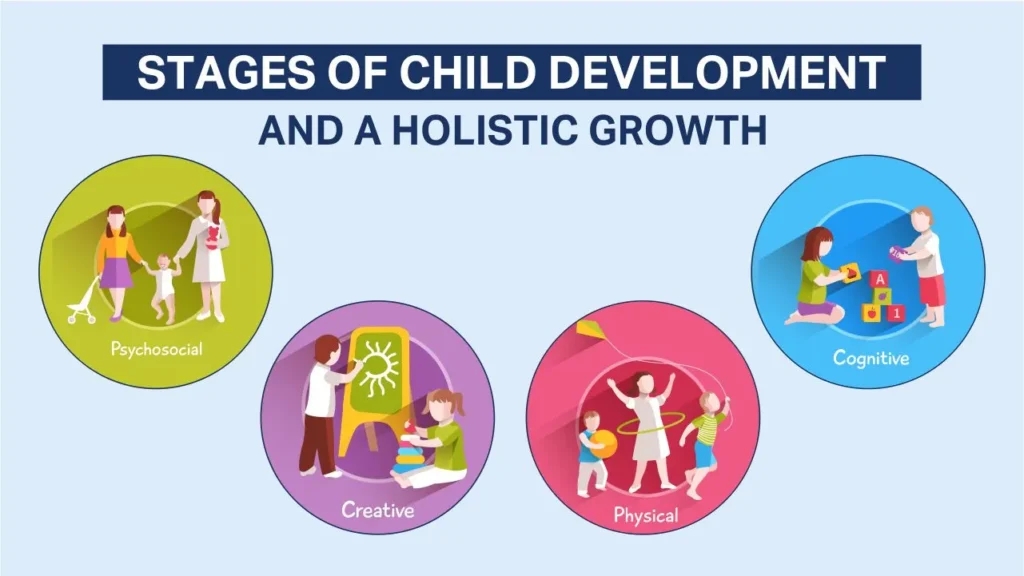As parents, we all share the same wish: to see our children flourish and reach their full potential. In the ever-evolving landscape of education, at-home learning has become an increasingly important platform for nurturing young minds. Yet, just as every child is unique, so too are their preferred ways of learning. Recognizing and catering to your child’s individual learning style can transform at-home education from a chore into a vibrant, personalized journey of discovery.
Unveiling the Learning Style Spectrum:
Before we dive into tailoring activities, let’s explore the key learning styles:
- Visual Learners: These children thrive on visual cues like pictures, diagrams, and graphic organizers. Think flash cards, mind maps, and colorful educational videos!
- Auditory Learners: These minds absorb information best through hearing and speaking. Engaging them with audiobooks, rhymes, storytelling, and discussions will light their learning spark.
- Kinesthetic Learners: Hands-on experiences are the key for these kinetic learners. Activities like experiments, role-playing, building projects, and even messy play will unlock their understanding.
- Read/Write Learners: These children find their flow through written words. Providing them with engaging storybooks, journals, note-taking activities, and creative writing prompts will fuel their learning fire.
Discovering Your Child’s Style:
Pinpointing your child’s dominant learning style isn’t a science, but it can be an exciting exploration! Observe their natural tendencies. Do they gravitate towards puzzles and pictures? Are they captivated by stories and animated lessons? Or do they find joy in tinkering, building, and physical activities? These little clues can reveal their preferred learning pathways.
Tailoring the Learning Space:
Once you have a sense of your child’s style, transform your home into a learning haven that resonates with them:
- Visual Learners: Create a dedicated learning space with colorful charts, educational posters, and a bulletin board showcasing their achievements. Decorate the walls with their artwork and mind maps to reinforce concepts.
- Auditory Learners: Fill the air with educational songs, audiobooks, and podcasts related to their interests. Encourage regular discussions and debates, letting them express their understanding through verbalization.
- Kinesthetic Learners: Turn your home into a hands-on learning laboratory. Encourage experiments, building projects, and role-playing scenarios. Let them use manipulatives like playdough, blocks, and puzzles to understand abstract concepts.
- Read/Write Learners: Build a cozy reading nook stocked with engaging books, dictionaries, and journals. Encourage creative writing by providing various prompts and themes. Play word games and encourage letter writing to friends and family.
Activities That Ignite Minds:
Now, let’s get down to the nitty-gritty: activities tailored to each learning style:
- Visual Learners: Create memory games with picture cards, use mind maps to summarize lessons, and draw diagrams to explain concepts. Engage them in art projects related to learning topics.
- Auditory Learners: Read aloud with different voices and expressions to bring stories to life. Play educational songs and rhymes, engage in role-playing scenarios, and let them retell concepts in their own words.
- Kinesthetic Learners: Conduct science experiments, build models out of recycled materials, act out historical events, and engage in scavenger hunts to learn about different topics. Plant a garden together and track its growth through observation and journaling.
- Read/Write Learners: Encourage extensive reading on various topics, allowing them to explore their interests at their own pace. Create writing prompts related to their learning, and give them opportunities to write stories, poems, and songs.
Remember:
- Blending Styles: While children may have a dominant learning style, they often benefit from a multi-sensory approach. Don’t be afraid to mix and match activities to appeal to different learning modalities.
- Play it Fun: Learning should be an enjoyable adventure, not a chore. Infuse humor, creativity, and lightheartedness into your at-home education sessions.
- Celebrate Progress: Every child learns at their own pace. Acknowledge and celebrate their progress, no matter how small. Focus on building their confidence and fostering a love for learning.
By understanding and catering to your child’s unique learning style, you can transform your home into a vibrant learning ecosystem. Remember, every child is a little maestro waiting to conduct their own symphony of knowledge. Equip them with the tools and guidance, and watch their minds blossom into their full potential.
Let Little Hands Big Hearts be your partner in this inspiring journey. Explore our vast collection of resources designed to cater to diverse learning styles and spark an insatiable curiosity in young minds. Together, we can nurture little hands to grow into big hearts, overflowing with knowledge and a love for learning!






Leave a comment